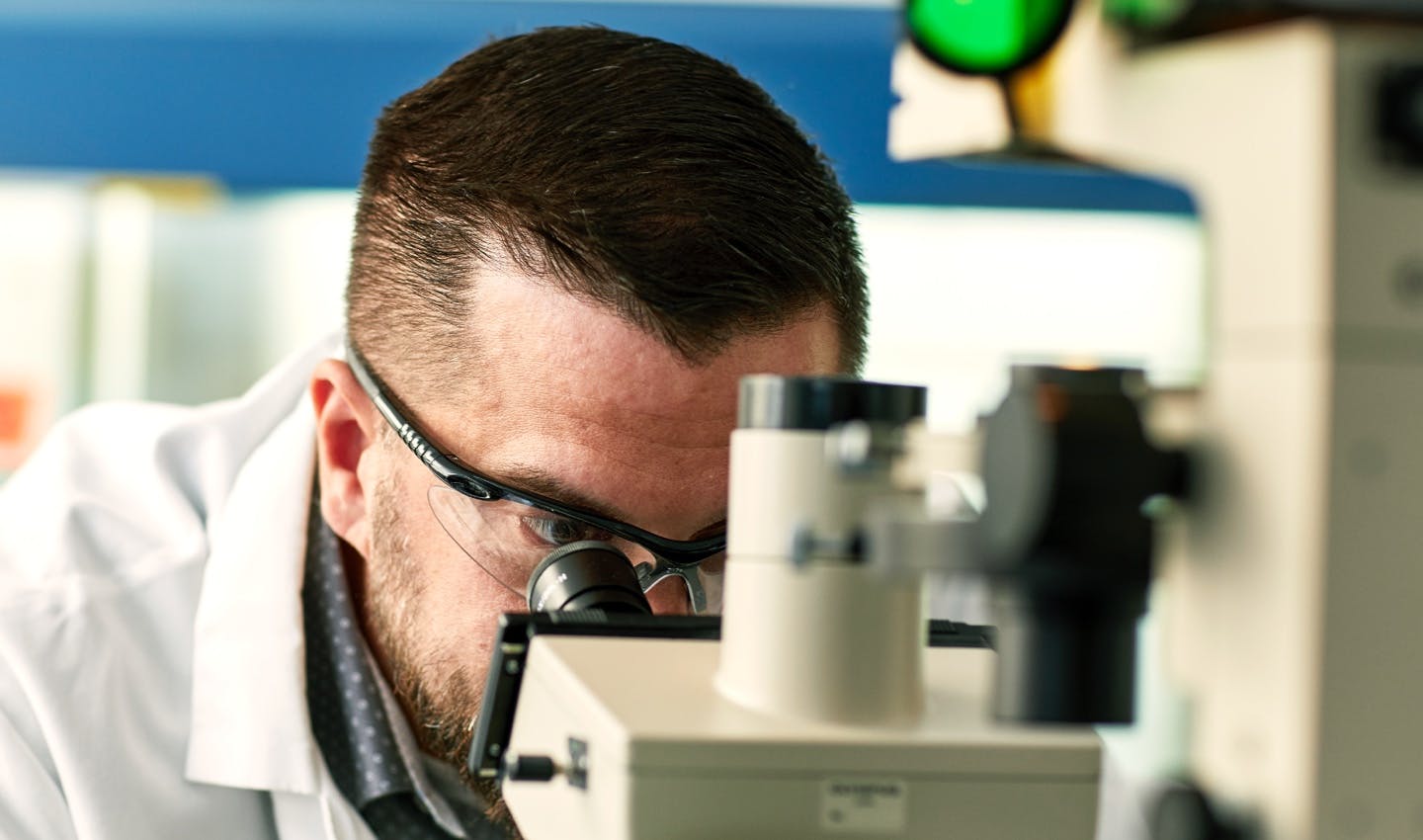GEMINI-1 AND GEMINI-2 STUDIES
GEMINI-1 and GEMINI-2 are identical ongoing double-blind, non-inferiority Phase 3 studies.
Participants were treatment-naïve adults with HIV-1 (N=1433). Participants were randomised 1:1 to DTG + 3TC or DTG + TDF/FTC up until Week 96, with primary analysis taking place at Week 48), followed by an open-label, randomised phase from Week 96 up until Week 148.
Study design:1
Primary endpoint:1,2
Proportion of patients with plasma HIV-1 RNA <50 copies/mL at Week 48 as determined with the FDA snapshot analysis algorithm in the ITT-E population (-10% non-inferiority margin).
Endpoints for the Week 96 secondary analysis:1
- Proportion of patients with HIV-1 RNA <50 copies/mL at Week 96
- Change in CD4+ cell count from baseline
- Incidence of emergent mutations conferring genotypic and/or phenotypic resistance to DTG+3TC or DTG + TDF/FTC in participants with confirmed viral withdrawal
- Proportion of patients with HIV-RNA <50 copies/mL in subgroups defined by demographic and baseline disease characteristics, including plasma viral load and CD4+ cell count
- Incidence and severity of AEs and proportion of patients who discontinued due to AEs
Results/outcomes:1,2
- Rapid, powerful and durable non-inferior efficacy in treatment-naïve adults
- 72% of patients in the DTG + 3TC group vs 70% of patients in the DTG + TDF/FTC group were suppressed at Week 4
- 91% of patients in the DTG + 3TC group vs 93% of patients in the DTG + TDF/FTC group were suppressed at Week 48 (primary endpoint)
- 82% of patients in the DTG + 3TC group vs 84% of patients in the DTG + TDF/FTC group were suppressed at Week 144
- Low rates of confirmed virological withdrawal though Week 144
- Few confirmed virological withdrawals on DTG+3TC (12 [2.0%]) vs DTG + TDF/FTC (9 [1.0%])
- 1 non-CVW participant with reported non-adherence in the DTG + 3TC group developed M184V at Week 132 (HIV-1 RNA 61,927 c/mL) and R263R/K at Week 144 (HIV-1 RNA 135 c/mL), conferring a 1.8-fold change in susceptibility to DTG
- Suppressed to HIV-1 RNA <50 c/mL from Week 4 through Week 120; HIV-1 RNA 61,927 c/mL detected at Week 132, with successive HIV-1 RNA of <50, 135, and 61 c/mL after Week 132
- Withdrawn due to lack of efficacy after Week 144, switched to DTG once daily + DRV/COBI, and regained virologic suppression
- DTG was generally well tolerated up to 144 weeks
- Overall AE profiles were similar between treatment groups
- Lower risk of drug-related AEs in the DTG + 3TC group through Week 144
- Participants in the DTG + 3TC group had a significantly lower risk of drug-related AEs (20%) compared with the DTG + TDF/FTC group for the pooled population (27%; relative risk, 0.76 [95% CI, 0.63-0.92])
- Participants in the DTG + 3TC group had a significantly lower risk of drug-related AEs (20%) compared with the DTG + TDF/FTC group for the pooled population (27%; relative risk, 0.76 [95% CI, 0.63-0.92])
- Changes in renal and bone biomarkers significantly favoured DTG + 3TC at Week 144
- Improvements in TC:HDL ratio in both arms at 144 weeks
N.B. The GEMINI studies did not determine whether these changes translate to clinical differences
References:
- Cahn P, et al. J Acquir Defic Synd. 2020;83(3):310–318.
- Cahn P, et al. HIV Drug Therapy. Presented at: HIV Glasgow 2020; October 5-8, 2020; Virtual. Poster P018.
PM-GB-DLL-WCNT-210002 | April 2021
Adverse events should be reported. Reporting forms and information can be found at www.mhra.gov.uk/yellowcard or search for MHRA Yellowcard in the Google Play or Apple App store. Adverse events should also be reported to GlaxoSmithKline on 0800 221441.
If you are from outside the UK, you can report adverse events to GSK/ViiV by selecting your region and market, here.


